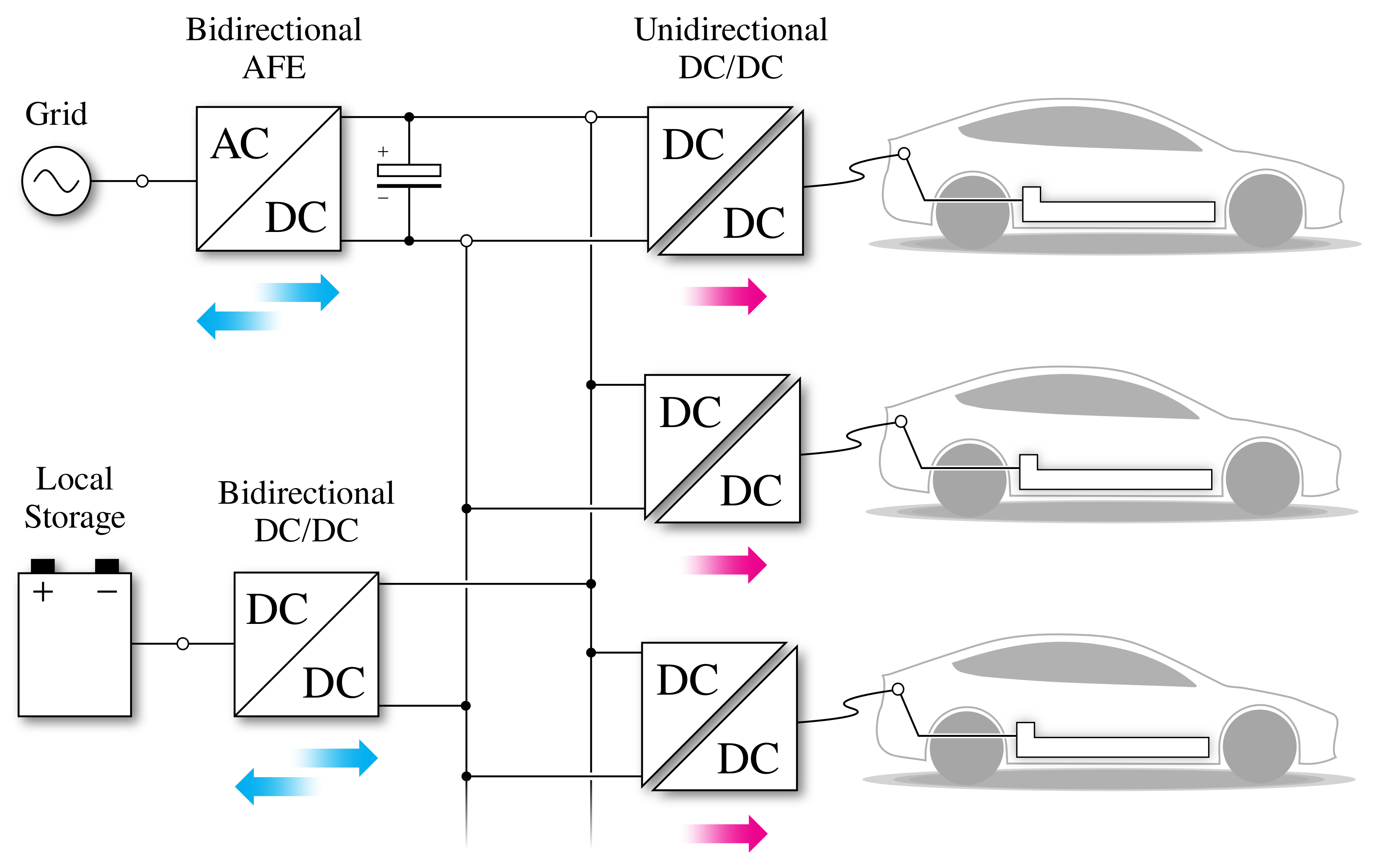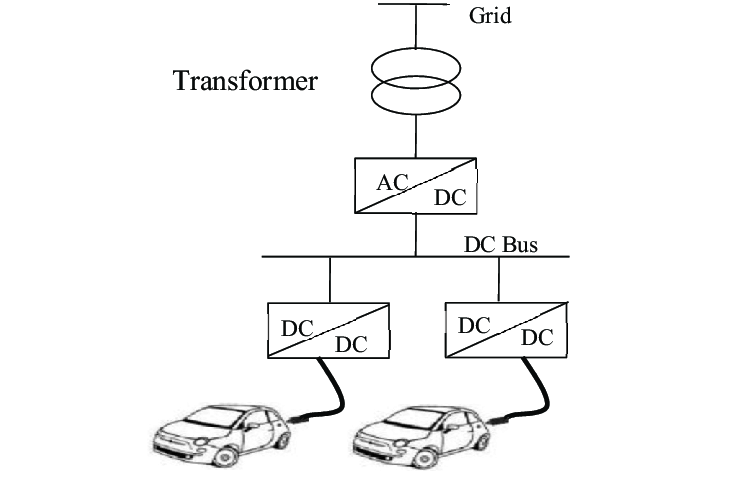The two main types of charging facilities for electric vehicles are charging stations and charging posts. The function of high-voltage DC relays in charging equipment is to switch DC power according to generally accepted protocols.
Especially in fast DC chargers, these relays are used. The reason for this is that fast chargers charge vehicles directly with DC voltage. There are applications with 400VDC and 1000VDC DC voltages. For example, the relays for charging stations: HCF200/250/300 and relays for charging posts: HCF40/150/200, developed by HeCheng Electric CO.


The choice of electric vehicle charging facilities: charging station and charging pile.
Charging stations use centralized charging, which can charge multiple new energy vehicles at the same time, commonly used in public utilities, public transportation new energy vehicle charging, charging stations will generally use 200-300A specification products.
Charging piles are mainly distributed in various residential areas or parking lots near workplaces, mostly used for personal new energy vehicle charging, and the charging piles are generally used with 40-200A specifications.
In general, DC charging stations are currently divided into three main power levels: ≤50 kW for urban use, 150 kW for highway use, and 350 kW for cars, trucks and buses. DC fast chargers typically include smaller subunits (12.5 kW, 20 kW, 25 kW) that are then stacked to form higher power DC charging systems. According to market research, the ≤50 kW power level category for urban use shows the greatest growth.

